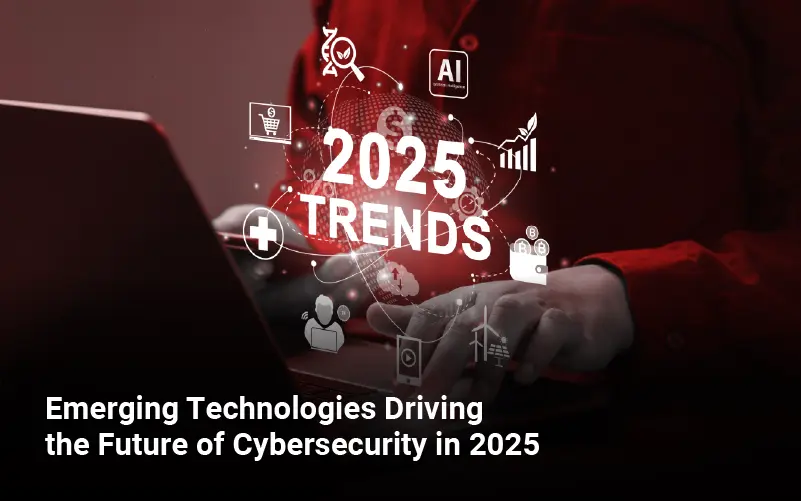No products in the cart.
Stay ahead in 2025 by understanding the latest cybersecurity trends and protecting your business in Laos.

As Laos accelerates its digital transformation in 2025, cybersecurity becomes a critical priority for businesses across all sectors. Increasingly sophisticated cyberattacks, evolving regulations, and growing data volumes demand proactive security strategies to safeguard sensitive information, customer trust, and business continuity.
This article explores emerging cybersecurity trends in 2025 and highlights essential measures Lao businesses should adopt to mitigate risks in today’s cyber landscape.
Zero Trust assumes that no user or system—inside or outside the network—is trustworthy by default. Businesses implement robust identity verification, micro-segmentation, and adaptive access controls to minimize breach impacts.
Why it matters for Laos: As more companies adopt cloud services and remote work, Zero Trust reduces vulnerabilities from insider threats and compromised credentials.
Cybersecurity solutions increasingly use AI and ML to analyze network traffic, detect anomalies, and respond to threats automatically. These tools enhance real-time threat intelligence and reduce incident response times.
Application in Laos: AI-driven security platforms help businesses with limited IT teams maintain robust defense against emerging cyber threats.
Ransomware remains a top threat globally, including for Lao organizations. Developing comprehensive incident response plans, regular data backups, and employee awareness programs are becoming essential.
Cyber attackers target vulnerabilities in trusted third-party vendors or suppliers. Businesses must now evaluate the security posture of partners and integrate supply chain risk management into overall cybersecurity strategies.
With increasing regulations such as Laos’ evolving data protection laws, adherence to privacy standards and transparent data handling practices is mandatory. Businesses invest in tools for data classification, encryption, and user consent management.
As cloud adoption grows, cloud-native security tools such as container security, cloud access security brokers (CASB), and serverless security gain prominence. These ensure protection of data and applications hosted in public, private, or hybrid clouds.
XDR platforms consolidate security data from multiple sources (endpoint, network, cloud) to provide comprehensive threat visibility and coordinated responses, enabling faster remediation.
Addressing talent shortages, organizations emphasize training and upskilling personnel. Collaboration with educational institutions in Laos and online certifications is enhancing workforce preparedness.
Conduct regular risk assessments and penetration testing.
Implement multi-factor authentication (MFA) across all systems.
Invest in employee cybersecurity awareness programs.
Maintain updated software patches and vulnerability management.
Establish formal incident response and business continuity plans.
Work with trusted local cybersecurity vendors and consultants.
As cyber threats grow in complexity, Lao businesses must embrace these emerging cybersecurity trends and adopt proactive defense measures. Staying informed and prepared in 2025 ensures the protection of digital assets and long-term business resilience.
CITS Laos offers specialized cybersecurity consulting and training tailored for businesses in Laos. Visit cits.la for expert guidance to safeguard your organization in the digital age.